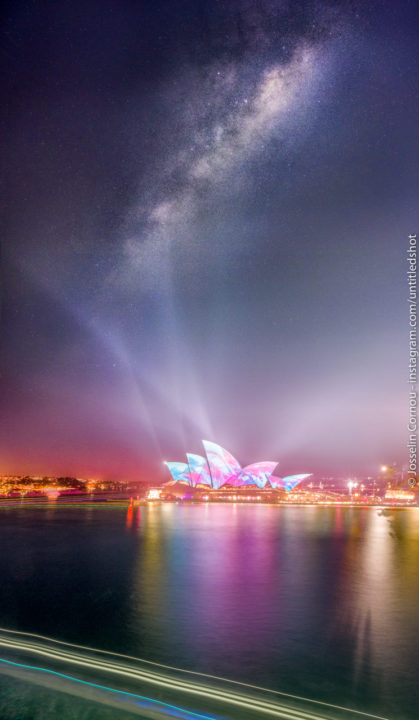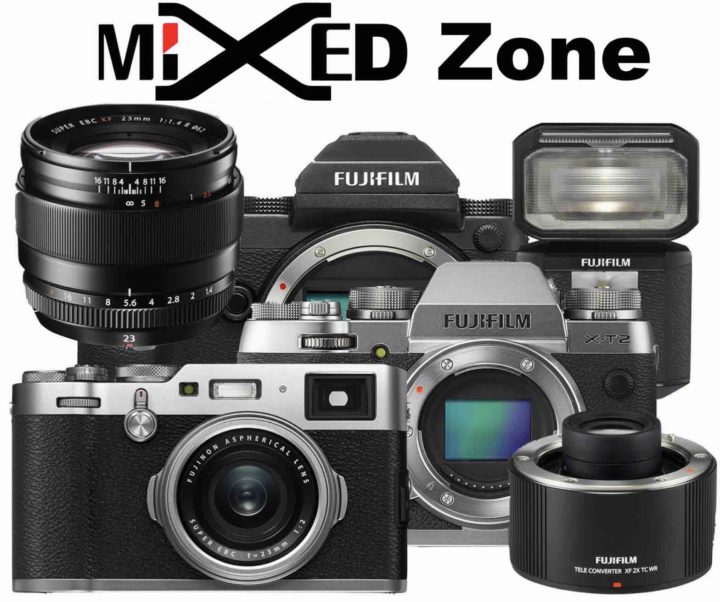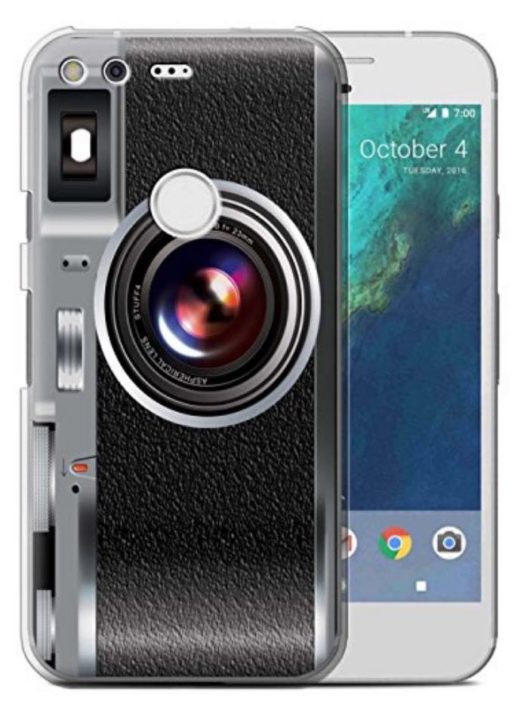The Fujifilm GFX 50s High ISO is So Good that it’s Not Funny
GUEST POST FEATURE
Write Your Articles Directly On FujiRumors!
guest post by Josselin C. // instagram: untitledshot
(Note : not sponsored by Fuji, just an honest opinion. I am coming from the Sony world, and still own a A7r2)
I took this 80MP composition last friday with the Fujifilm GFX 50s:

I am so impressed by the low light capabilities of this camera that I even did an how-to video explaining how this photograph was created :
Photographers that ever tried to catch the milky way in a middle of a city would know the challenges of capturing it in environment with high light pollution. It is one of those impossible shots that need really specific conditions to be obtainable. Lookup for “milky way Sydney” on Google and mostly all shots you will see are composite (e.g. milky way shot in one location added in Sydney) – well not in this case here.
I recently setup – after discussing with @apoapsisphotography and @clement_breuille – a challenge to get the milky way in the middle of an highly populated city – during a light festival. Turns out, this place had to be Vivid Sydney (if you are in Sydney, go pay a visit, this is awesome).
When I acquired this camera, I didn’t know what to expect, or even, if I would keep it. I already own a marvel of engineering: the Sony A7r2. This camera never failed to deliver, even in some of the harshest and remotest places of this world. It also helped me win the french national awards of the Sony World Photo Organization and to be nominated Top 5 Travel Photographer by Australian Photography. I couldn’t be happier.







